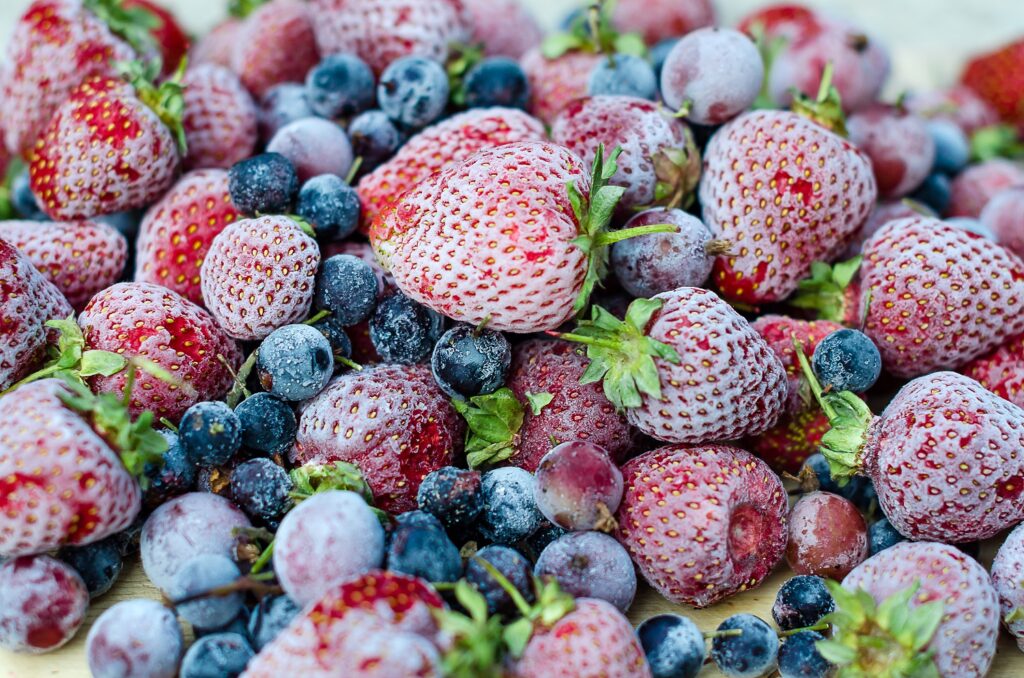In this fast-paced world, people want to have convenience and save time from any aspect they can get. Among these things comes the discussion about food preparation and the time required to prepare foods every day at multiple times. This interferes with the work-life balance. Of course, there are ways to prepare meals in advance and freeze them, but frozen foods are just not the same.
Well, scientists and researchers have come with a technology that allows people to store their food in the fridge without it becoming frozen. This keeps the food quality intact and does not compromise on it by freezing it. The technique is called isochoric freezing and was used for preserving organs in surgeries. Now, this brings another benefit of energy conservation as well.
It was initially discovered by Boris Rubinsky at the University of California in 2005. The mechanism comprises placing the object in a closed chamber, that is made of hard plastic or metal, and submerging it in the liquid inside. As the chamber is cooled down to a preset temperature, the liquid protects the immersed object from ice crystallization and keeps the quality intact.
“A complete change over to this new method of food freezing worldwide could cut energy use by as much as 6.5 billion kilowatt-hours each year while reducing the carbon emissions that go along with generating that power by 4.6 billion kg (10.1 billion lb.), the equivalent of removing roughly one million cars from roads,” says Bilbao-Sainz.
The equipment required for the setup is not very expensive or complicated. This study by Rubinsky, Bilbao-Sainz and scientists at the US Department of Agriculture and the University of California, Berkeley, provides insight into the impact isochoric freezing could have on the global cold food chain. Using this method to use for freezing food instead of the regular one will improve the quality of frozen, stored food. It will also save a massive amount of energy.
The study is published in Renewable Sustainable Energy Reviews.

